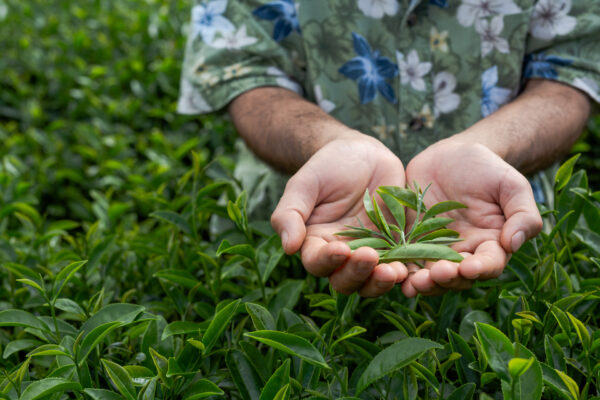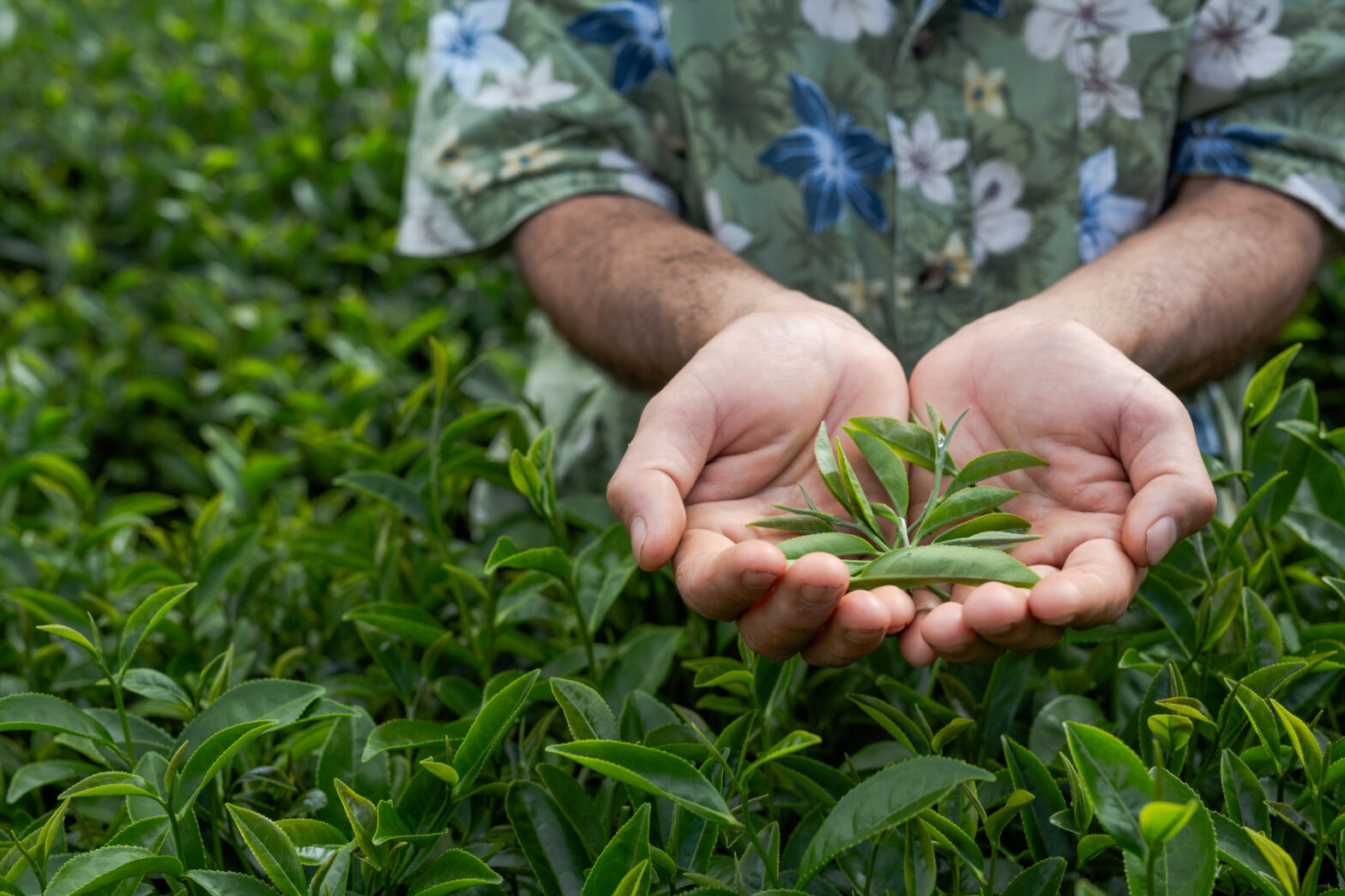For many tea enthusiasts, the idea of foraging for wild tea plants might seem like a mystical adventure. The prospect of discovering and brewing tea from leaves found in nature can add a unique and exciting dimension to your tea-drinking experience. In this guide, we will explore the art of foraging for wild tea plants, offering insights into safely identifying and brewing naturally occurring tea leaves.

The Joy of Foraging: Foraging for wild tea plants can be a delightful journey into nature, allowing you to connect with the environment and discover hidden treasures. Before embarking on your foraging expedition, it’s essential to familiarize yourself with the different types of wild tea plants and their habitats.
dentifying Wild Tea Plants:
- Camellia Sinensis: The most well-known tea plant, Camellia sinensis, is native to East Asia. Look for glossy, serrated leaves and small white flowers. This plant is the source of both green and black tea.
- Yaupon Holly (Ilex vomitoria): Found in North America, yaupon holly leaves can be used to make a caffeine-rich tea. Identify it by its small, leathery leaves and red berries.
- Labrador Tea (Rhododendron groenlandicum): Native to the Northern Hemisphere, Labrador tea has aromatic leaves and is commonly found in wetland areas.
- Mint (Mentha spp.): While not a traditional tea plant, various mint species can be foraged for herbal teas. Look for square stems and characteristic minty aroma.

Foraging Ethics: Responsible foraging is crucial to preserve natural ecosystems. Only take what you need, avoid damaging plants or their surroundings, and be aware of local regulations regarding foraging.
Harvesting and Drying: Once you’ve identified suitable tea plants, harvest the leaves using clean, sharp scissors or shears. Be sure to leave enough foliage for the plant to regenerate. To prepare the leaves for tea, rinse them thoroughly and allow them to air dry. Drying can be done indoors or in a shaded, well-ventilated area.
Brewing Wild Tea: Brewing tea from foraged leaves requires a gentle touch to bring out the unique flavors. Experiment with different steeping times and water temperatures to find the perfect balance. Consider blending wild tea leaves with other herbs for added complexity.

